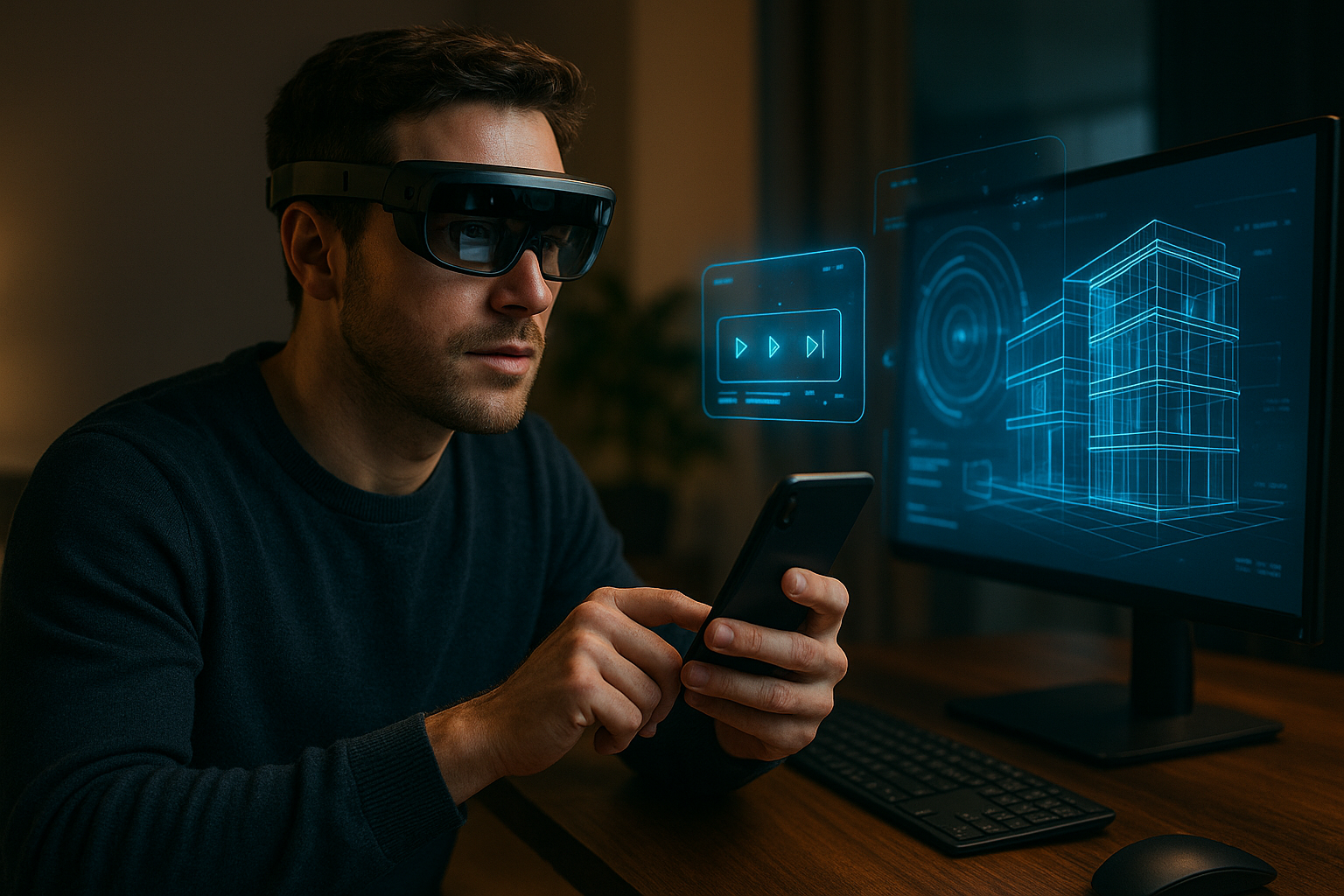"Merging Realities: How Augmented Reality is Reshaping Our World"
The world we see is no longer confined to the physical objects in front of us. Augmented Reality (AR) is blurring the lines between what's real and what's computer-generated, reshaping our perception of reality. This article delves into the history, current developments, and future possibilities of AR technology, providing an in-depth perspective on this fascinating tech phenomenon.

A Glimpse into the Past: The Genesis of Augmented Reality
AR technology has its roots in the 1960s when Ivan Sutherland, a computer scientist, developed the first head-mounted display system. However, the term “Augmented Reality” was coined only in 1990 by Tom Caudell, a researcher at Boeing. Over the decades, AR evolved, with key advancements like the ARToolkit in 2000 and the introduction of Google Glass in 2013.
Today’s AR Landscape: A Technological Marvel
Fast forwarding to the present, AR is no longer a concept in research papers but a reality that’s interwoven in our daily lives. From Pokémon Go to Snapchat filters, AR is making our interactions with technology more immersive and personal. Tech giants like Apple and Google are investing heavily in AR, integrating it into their platforms and devices. The release of ARKit and ARCore, development platforms from Apple and Google respectively, has opened up endless possibilities for app developers.
The Economic Ripple: AR’s Market Impact
The economic impact of AR is substantial. According to a report from Statista, the market size for AR technology is projected to reach $198 billion by 2025. The wide range of industries AR can revolutionize, from gaming and entertainment to healthcare and education, underscores its vast potential.
The Future Unveiled: AR’s Potential Unleashed
Looking ahead, AR is set to redefine our interaction with the world. Imagine walking into a store and your phone displaying the product information of items you glance at. Or, learning about historical events by witnessing them in AR. The possibilities are endless. Tech companies are also working on AR glasses, which could make these experiences even more seamless.
The Roadblocks Ahead: Challenges in AR Adoption
Despite the promising future, AR is not without its challenges. Issues like user privacy, technological limitations, and lack of content are major roadblocks. Convincing users to embrace AR as part of their daily lives is another challenge. However, with continuous advancements and investments in AR, these roadblocks will likely be overcome.
In conclusion, Augmented Reality is not just another tech trend, but a technological revolution that’s reshaping our world. It’s an exciting journey where our physical and digital worlds merge, creating a new reality that’s augmented, immersive, and engaging.




